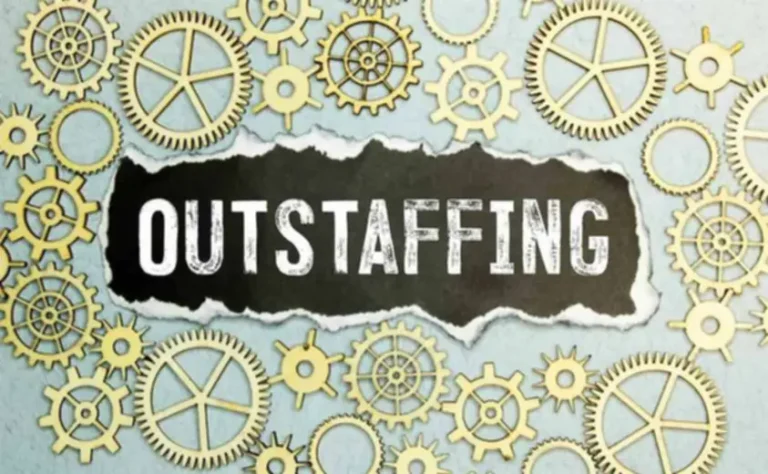If everyone’s in a single location, then drawing a fishbone diagram in a white board and asking individuals to contribute ideas is a good start. This may be very effective as a result of then you can ask questions from one another or from the related authority and dig deep into the issue. A drawback could be that people are reluctant to give you ideas in entrance of a crowd.

Step 1: Establish The Issue:
So, if it applies to your organization, you’ll be able to broaden the diagram and make it 8 Ms. Also if needed, add more appropriate names to the diagrams so that they make extra sense to others. It’s essential to consider each direct and indirect causes when analyzing a cause and effect diagram. Direct causes are elements that immediately contribute to the noticed effect, similar to malfunctioning machines.
Process Enchancment
- First, be a part of 30,000+ different Six Sigma professionals by subscribing to my e-mail e-newsletter.
- Learn the way to identify and tackle bias in determination making with our information to recognizing bias in drawback fixing and critical pondering.
- It offers a structured approach to understanding the interrelationships among completely different components contributing to the issue.
- This, in flip, made it a lot easier to elucidate the situation to different stakeholders and solicit recommendation.
Fishbone diagrams are sometimes labored proper to left, with every giant “bone” of the fish branching out to incorporate smaller bones, every containing more element. The objective of analyzing the diagram is to establish the most likely root cause(s) of the problem, which can then be addressed with focused options. Miro has both fishbone diagram templates that are easy to customise and will allow you to get began in no time. The diagram consists of a central backbone, resembling a fishbone, with branches that symbolize different categories of potential causes. The classes can differ primarily based on the context and nature of the issue. The cause-effect diagram doesn’t https://www.globalcloudteam.com/ present an answer to a query, as some other tools do.
The team realizes that addressing the defective machine parts may considerably impact the ultimate product’s high quality. Further, understanding how to reduce defects in your manufacturing results in greater buyer satisfaction. Thankfully, there are quite a few instruments at your disposal in phrases of eliminating defects. Our guide on the subject offers a comprehensive view of what you need to use cause and effect diagram definition to streamline your manufacturing.
Example Of A Complex Trigger And Impact Diagram

Each issue that is a cause of a main area is placed on the end of a line that is drawn in order that it connects with the suitable main area line and is parallel with the central backbone. Figure 37 exhibits the way to display numerous possible causes of issues arising from an engine, which is a primary area for some larger symptom that’s being defined. A cause-effect diagram is normally ready as a prelude to creating the info needed to establish causation empirically.
Ensure that all relevant causes have been included and that the relationships between causes and effects are correct. Finally, share the finished diagram with relevant stakeholders and use it as a visual aid to establish and clear up the issue. Continue this course of till the staff feels that the causes and sub-causes are sufficiently detailed. The staff can continue to add further sub-levels to sub-causes if essential Limitations of AI, although the diagram can become more difficult to visualise with a quantity of ranges.
A cause-and-effect diagram is a visual software used to logically organize the many potential causes for a particular problem or impact by displaying them graphically. It is used efficiently in continuous enchancment activities across many industries and companies. Each of the major causes (not lower than two and normally not more than six) ought to be worded in a field and linked with the central spine by a line at an angle of about 70 levels.
In such cases, the impact being explained could also be so general and ill-defined that the staff could have a hard time focusing and the ensuing diagram may be unnecessarily large, advanced, and tough to make use of. A clear and exactly articulated effect will produce extra relevant theories, higher causal relationships, and a simpler model for the selection and testing of theories. During the Improve step, the cause-effect diagram may also be helpful for the staff in considering the cultural impact of its proposed treatment. A cause-effect diagram can generally be helpful in pondering systematically about the resistance that the proposed answer is prone to meet. If the phenomenon to be defined is resistance to the proposed treatment, then the staff can construct a cause-effect diagram to assist determine the most important resistances it will need to address. A cause and impact diagram examines why one thing happened or might happen by organizing potential causes into smaller classes.
The QC Seven Tools are strategies primarily used to effectively handle quality via statistical information, and they’re highly versatile, applicable not simply in manufacturing however throughout numerous fields. For those involved in quality administration, mastering these instruments could be incredibly helpful. These diagrams are generally referred to as Fishbone Diagrams because of their resemblance to a fish skeleton. All the branches shown within the diagram might not affect your advertising processes. The secret is to identify an expected consequence for downside and analyze the causes for that problem.
The staff recognized that the wrong caliper and wrong procedures have been the probable causes. Further, the staff has to carry out a 5 Why evaluation to discover out the root trigger. A software to systematically manage and visualize results (effects) and their causes. Without any prior training, I relied on on-line resources and improvised. At this point, I got here across the concept of the cause-and-effect diagram.I determined to record out all the tools parameters and hardware parts I might consider and organize them systematically. This process naturally deepens your understanding of the root causes.
The effectiveness of your diagram largely depends on how nicely you classify the large bones. Its versatility makes it an invaluable tool for professionals across numerous roles, far beyond just manufacturing or quality-related fields. The cause-and-effect diagram could be successfully utilized for investigating the foundation causes of defects or issues. Lean Sigma Corporation is a trusted chief in Lean Six Sigma training and certification, boasting a rich history of providing high-quality academic assets.
The Cause and Effect diagram is a structured graphical diagram listing all possible causes and their relationship with the main effect or problem. The diagram’s major enter is the brainstorming that pushes to establish all the potential causes rather than just more noticeable ones. In particular, this methodology is standard in brainstorming and the “open” section of root trigger analysis.
Finally, cause and effect diagrams are helpful for documenting problems and their solutions. A cause and impact diagram for the Project Management Professional® (PMP) certification holder is likely certainly one of the Seven Quality Tools used for knowledge assortment and evaluation. It is used within the Project Quality Management course of, found in the Sixth Edition of the PMBOK® Guide. Developed in 1960 by Japanese professor Kaoru Ishikawa, the software helps a staff discover the basis cause of an issue utilizing probing questions and a diagraming technique.

An affinity diagram serves as the starting point by organizing diverse concepts and grouping them into clusters. It acts as a foundation for the fishbone diagram, which then delves right into a extra detailed analysis of root causes within specific categories. Cause and impact diagrams are primarily qualitative instruments and do not inherently incorporate quantitative information. While they are effective in figuring out potential causes, they could not present a precise measurement of the impression or significance of each cause, requiring supplementary quantitative evaluation. Cause and effect diagrams promote a scientific strategy to problem-solving. By categorizing potential causes into main branches, teams can methodically discover and analyze each factor, resulting in a comprehensive understanding of the foundation causes of an issue.

